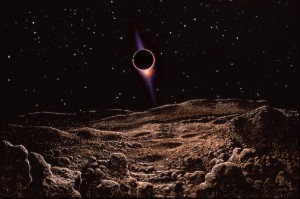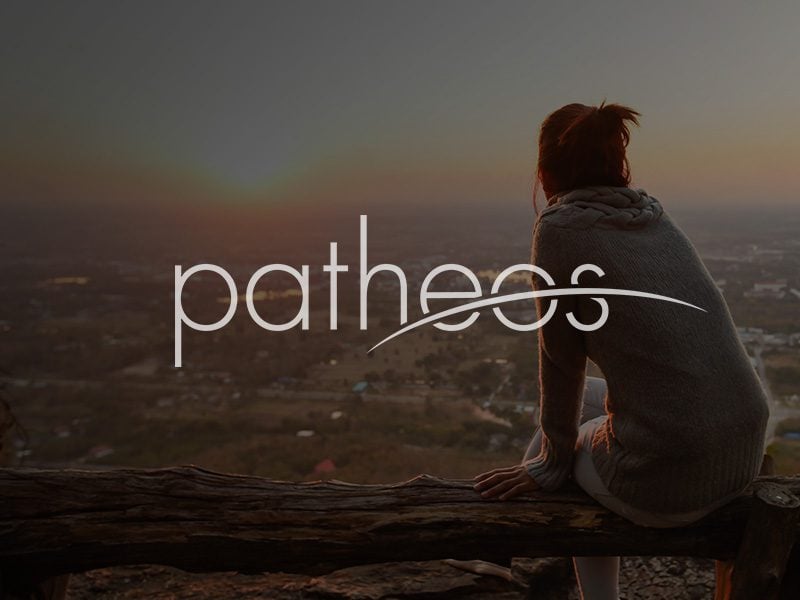In light of the bad press that eclipses generally receive, I found this article interesting:
In their book “Timeless Wisdom of the Celts,” Steve Eddy and Claire Hamilton explain that the Celts were more influenced by the moon than the sun.
Lunar eclipses were not something to fear, but were associated with the rabbit and the hare, both symbols of fertility. …
Most cultures viewed a lunar eclipse as signifying danger since the Moon appeared to be eaten by the Sun. Ancient Incas used the image of a jaguar attacking the moon. However,
Not all cultures view an eclipse as a bad thing, says Jarita Holbrook, a cultural astronomer at the University of the Western Cape in Bellville, South Africa, in an interview last year.
“My favorite myth is from the Batammaliba people in Togo and Benin” in Africa, she says. In this myth, the sun and the moon are fighting during an eclipse, and the people encourage them to stop. “They see it as a time of coming together and resolving old feuds and anger,” Holbrook says. “It’s a myth that has held to this day.”
The path of spiritual unfoldment and self-awareness requires that we sometimes enter into darkness in order to find light. For me, this is the symbolism of the lunar and solar eclipses. When the Moon is darkened, we must reach into the recesses of consciousness to find truth – it is not readily apparent in the lunar light. When the Sun is obscured by the Moon, we open the inner eye to find the central sun shining within.












